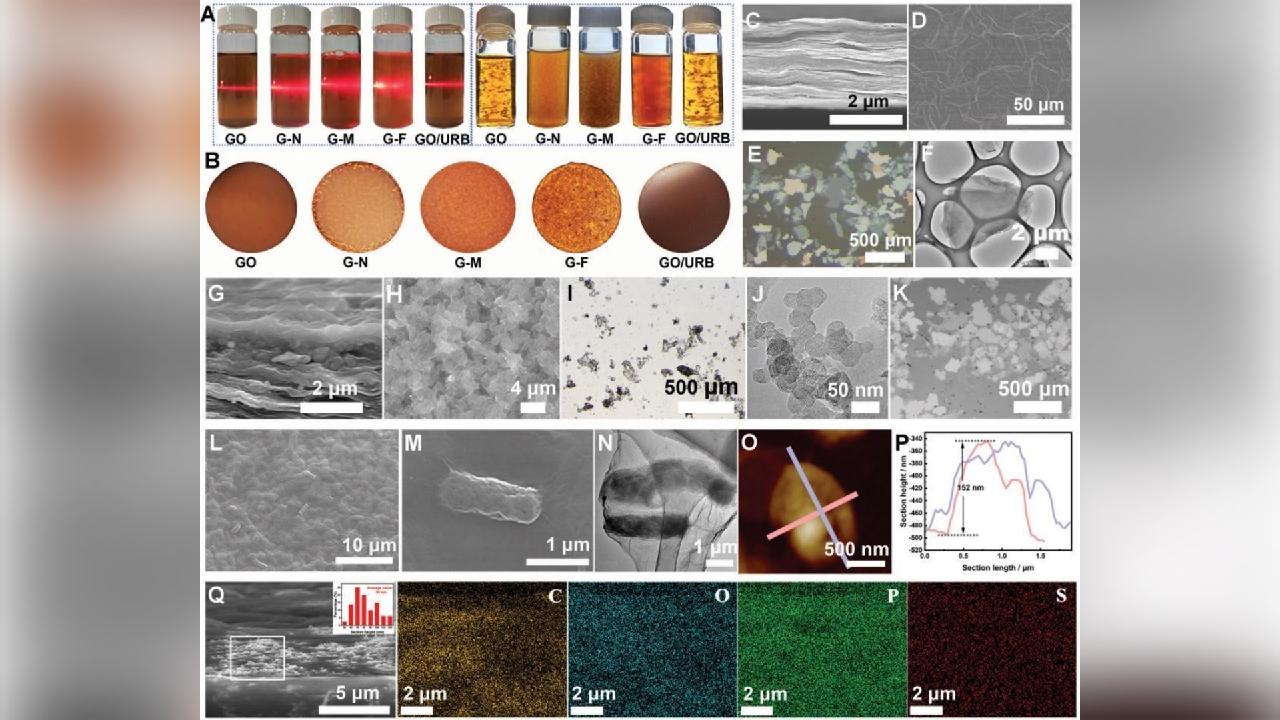Chinese scientists develop biomimetic membrane to harvest uranium
Chinese researchers have developed a biomimetic membrane designed for the extraction of uranium. This innovative technology mimics natural processes to efficiently separate uranium from various solutions, highlighting a significant advancement in resource recovery and environmental remediation. The novel membrane could have substantial implications for nuclear energy production and the management of nuclear waste.

Recent research published in the journal Advanced Materials reveals that scientists from Lanzhou University have developed a two-dimensional biomimetic membrane utilizing charge assembly and hydrogen bonding. This innovative membrane has shown exceptional performance in the precise separation of uranyl ions, as reported by the Science and Technology Daily on Thursday.
Uranium serves as a crucial resource within the nuclear industry. For many years, China has struggled with a shortage of uranium ore resources. Despite the presence of significant amounts of low-concentration uranyl ions in the country's seawater and salt lakes, the task of economically and efficiently extracting these ions has proven to be challenging.
In recent times, two-dimensional materials like graphene oxide have garnered attention within ion separation technology. However, traditional graphene oxide membranes are susceptible to structural damage when subjected to high pressure or extended use.
Inspired by the natural capacity of plant cell walls to reorganize into sturdier and denser structures under pressure, the research team has integrated graphene oxide with engineered bacteria to develop a dense and stable two-dimensional biomimetic membrane.
The findings indicate that the new membrane enhances mechanical strength by over 12 times compared to conventional graphene oxide membranes, while also achieving precise capture of uranyl ions.
Li Zhan, the corresponding author of the study, stated that this advancement offers a more efficient and sustainable approach to uranium extraction from seawater.
Tian Longlong, another team member, noted that the new membrane boasts high selectivity and stability, along with low energy consumption, making it a strong candidate for advancing the industrialization of uranium resource recovery.
The team is currently focused on optimizing the membrane structure and large-scale production processes to expedite the technology's application.
Lanzhou University highlights that this technology also holds significant potential in areas such as water treatment, wastewater recycling, and energy recovery, addressing global challenges like resource shortages, energy crises, and environmental pollution.
Sanya Singh for TROIB News
Discover more Science and Technology news updates in TROIB Sci-Tech












